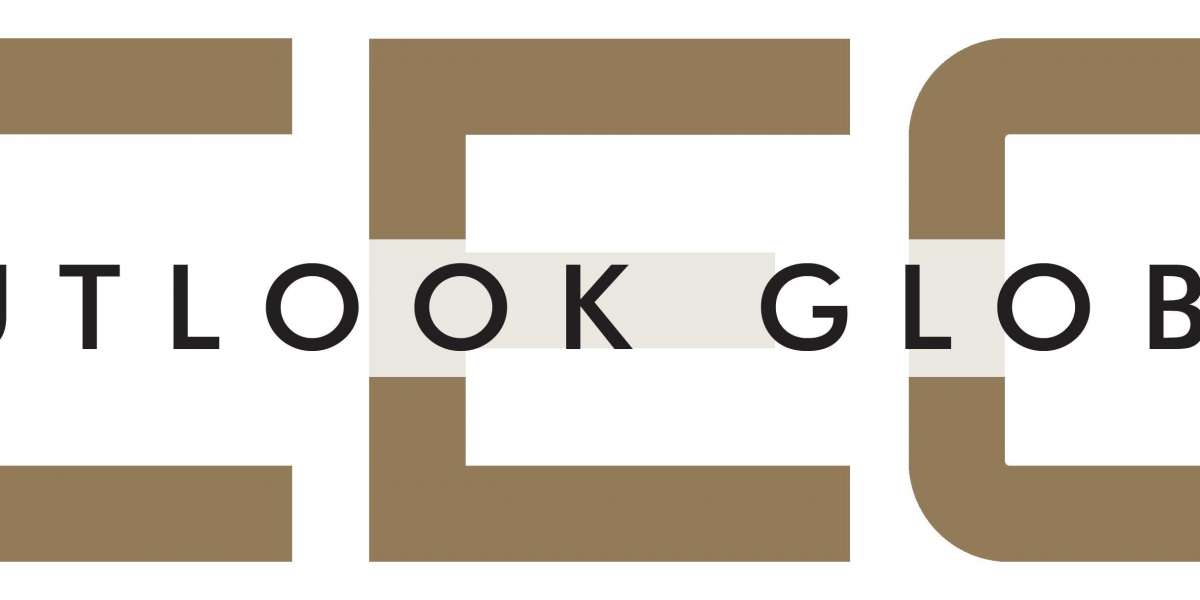Starting a business is an exciting journey, but it also comes with its fair share of challenges—one of the biggest being finance. Whether you're launching a tech startup, opening a retail shop, or scaling your existing operations, securing the right funding is essential. That’s why understanding the best finance sources for entrepreneurs can be the difference between thriving and merely surviving.
In this post, we’ll dive into the various funding options available to today’s entrepreneurs, their pros and cons, and how to strategically choose what fits your business model. If you're serious about building a financially sound venture, this read will give you a solid head start—and don't forget to check out more insights on this topic at ceooutlookglobal.com.
1. Bootstrapping: Self-Funding Your Business
Let’s start with the most straightforward method—self-funding, also known as bootstrapping. Many successful businesses began with the founders dipping into their savings, maxing out credit cards, or liquidating personal assets.
Pros:
You retain full control and equity.
No need to deal with external investor expectations.
Cons:
Limited by your personal financial resources.
High personal financial risk.
Bootstrapping works best when your startup costs are low or when you’re developing a minimal viable product (MVP) to test the market.
2. Friends and Family
Tapping into your personal network is another common early-stage funding route. If you have close contacts willing to believe in your vision, this can provide a quick and flexible capital injection.
Pros:
Terms are usually more lenient than with formal investors.
Fast decision-making process.
Cons:
Can strain personal relationships if the business fails.
Potential for unclear financial agreements.
Make sure to put everything in writing—no matter how informal the arrangement may seem.
3. Angel Investors
Angel investors are typically high-net-worth individuals who invest in early-stage startups in exchange for equity. Beyond capital, they often bring valuable mentorship and connections.
Pros:
Access to both funding and expertise.
More flexible than venture capital firms.
Cons:
You may need to give up a portion of your equity.
Investors might expect fast returns or involvement in decision-making.
Angel networks and online platforms have made it easier than ever to connect with potential investors.
4. Venture Capital (VC)
For entrepreneurs aiming to scale fast, venture capital can offer millions in funding, strategic guidance, and industry access. However, VCs are selective and usually invest in businesses with high growth potential.
Pros:
Large capital influx for rapid scaling.
Strong backing and industry credibility.
Cons:
Significant equity dilution.
Pressure to grow quickly and meet aggressive milestones.
If you’re in tech, biotech, or other high-growth sectors, VC funding might be a good fit.
5. Bank Loans and Lines of Credit
Traditional bank financing remains a viable option for many small and medium-sized enterprises (SMEs). If you have a solid business plan, good credit, and some collateral, banks can provide structured loans or lines of credit.
Pros:
Retain full ownership and control.
Interest may be tax-deductible.
Cons:
Stringent eligibility requirements.
Risk of debt accumulation.
For entrepreneurs with a clear repayment plan, this is a stable source of funding.
6. Government Grants and Subsidies
Depending on your location and industry, there may be government programs that offer grants, low-interest loans, or tax incentives to support entrepreneurs.
Pros:
Non-dilutive capital (no equity loss).
Encourages innovation and job creation.
Cons:
Competitive application process.
Time-consuming paperwork and compliance checks.
These are especially popular in sectors like clean energy, tech innovation, and agriculture.
7. Crowdfunding
Crowdfunding platforms like Kickstarter, Indiegogo, or GoFundMe enable entrepreneurs to raise funds from a large number of people, typically in exchange for early access or product perks.
Pros:
Great for validating market interest.
No need to give up equity (in most cases).
Cons:
Requires strong marketing and campaign strategy.
Success is not guaranteed.
It’s a great option for consumer products and creative ventures that can spark community interest.
8. Revenue-Based Financing (RBF)
In RBF, investors give capital in exchange for a percentage of your future revenue until a certain amount is repaid. It’s becoming increasingly popular among SaaS and e-commerce businesses.
Pros:
Flexible repayments tied to revenue.
No equity dilution.
Cons:
Total repayment amount is typically higher than a loan.
Revenue fluctuations may affect cash flow.
If you have steady income and don’t want to give up ownership, RBF is worth exploring.
Final Thoughts
There’s no one-size-fits-all when it comes to funding your entrepreneurial journey. Your business stage, industry, and growth strategy all influence which finance source makes the most sense. Often, the best approach is a combination—bootstrapping in the beginning, bringing in angel investors during product development, and considering venture capital for scaling.
No matter where you are in your journey, being informed about your options is key. For a deeper dive into each of these funding sources—and to stay up to date with trends in entrepreneurial finance—we highly recommend reading this featured article on Finance Sources for Entrepreneurs at ceooutlookglobal.com.
Empower your vision with the right financial foundation—and take your next big step today.







